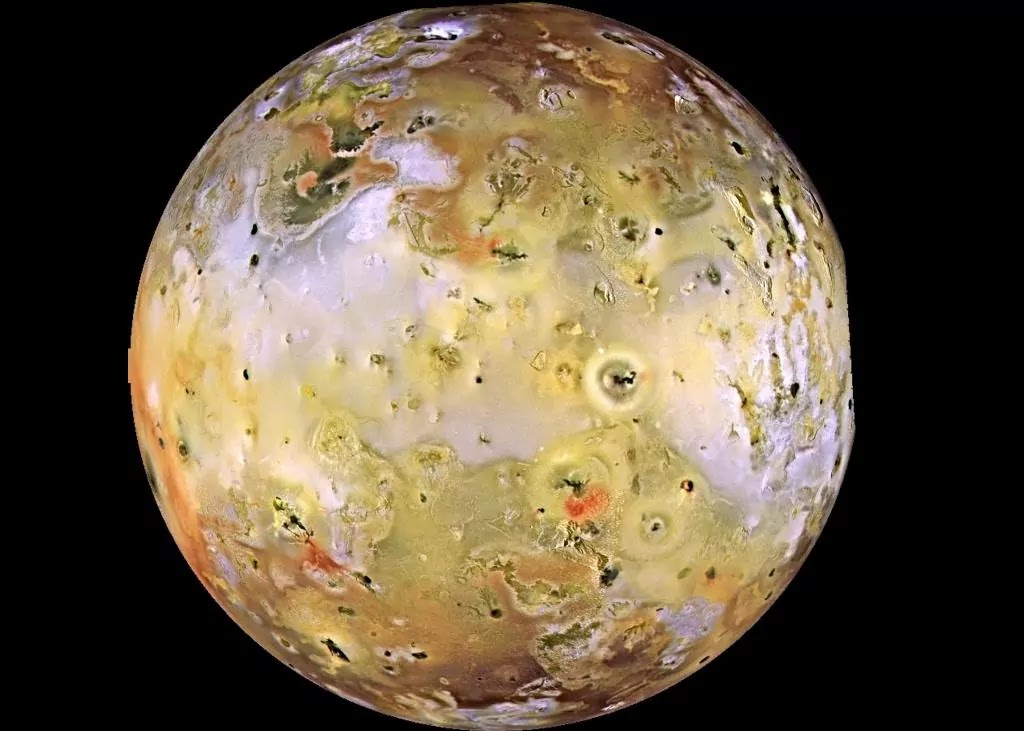Exploring Four Volcanic Hotspots in the Solar System
Introduction: Volcanic activity is a common occurrence in our solar system, and scientists have identified several hotspots where volcanoes are particularly active. In this article, we will explore four of these hotspots, each with its unique characteristics and features.
Hotspot 1: Io Io, the fourth largest moon of Jupiter, is one of the most volcanic objects in our solar system. The moon is home to more than 400 active volcanoes, with some eruptions reaching heights of 500 kilometers. These eruptions are a result of the moon's intense gravitational forces generated by Jupiter, which cause the moon's interior to heat up and melt. The volcanic activity on Io has resulted in the formation of extensive lava fields and mountains, including the highest mountain in the solar system, Mauna Kea, which stands at an impressive height of 17 kilometers.
Also Read:- Game writer Chris Avellone receives seven-figure payment after sexual harassment claims settled
- Blaupunkt SBWL100 Soundbar Launched in India with Dolby Audio and 220W Output
Hotspot 2: Venus Venus is a planet that is often referred to as Earth's twin, as it is similar in size and composition. However, Venus has a much more hostile environment than Earth, with a thick atmosphere that traps heat, leading to temperatures hot enough to melt lead. The planet is also home to more than 1,600 volcanoes, including the largest volcano in the solar system, Maat Mons. This volcano is over 8 kilometers high and has a diameter of 100 kilometers. The volcanic activity on Venus is a result of the planet's hot interior, which causes the crust to crack and release magma.
Hotspot 3: Enceladus Enceladus is a small, icy moon of Saturn that has recently become a subject of intense scientific interest. The moon is home to a vast subsurface ocean, which is heated by hydrothermal vents. These vents create hotspots that lead to the formation of geysers, which shoot water and ice particles into space. In addition to these geysers, Enceladus also has a few active fissures on its surface, which release water vapor and other gases. The volcanic activity on Enceladus is a result of the moon's tidal interactions with Saturn, which generate heat in its interior.
Hotspot 4: Mars Mars is a planet that has fascinated scientists for decades, and it is also home to several active volcanoes. The largest volcano on Mars is Olympus Mons, which is over 21 kilometers high and has a diameter of 600 kilometers. The volcanic activity on Mars is a result of the planet's thin atmosphere and weak gravity, which allow magma to flow more freely. The volcanic activity on Mars has resulted in the formation of extensive lava fields, including the Tharsis volcanic plateau, which covers an area roughly the size of Europe.
So, the four volcanic hotspots in our solar system that we have explored in this article are Io, Venus, Enceladus, and Mars. Each of these hotspots has its unique features and characteristics, and they offer a fascinating insight into the geology and processes that shape our solar system. Understanding these hotspots and their volcanic activity is vital in expanding our knowledge of our solar system and its evolution.
Read More:- Is the True Corvette Dead? A Look at the Future of the Chevy Corvette
- Story of Seasons: A Wonderful Life - The Harvest Moon GameCube Classic Returns on Switch
That's it for this article.
Thanks for Visiting Us – fixyanet.com



0 Comments